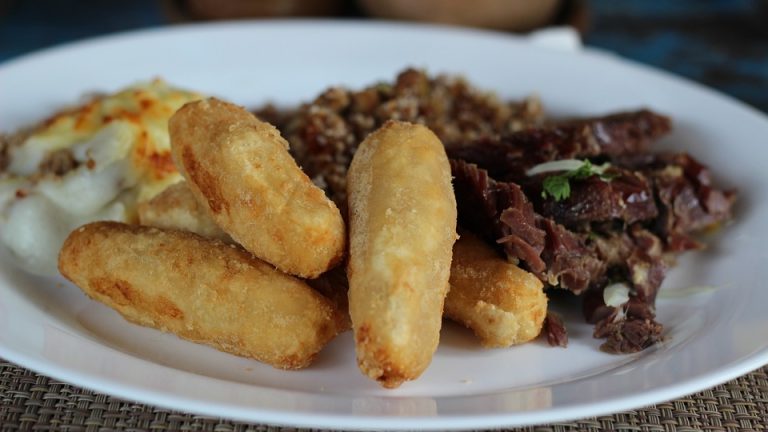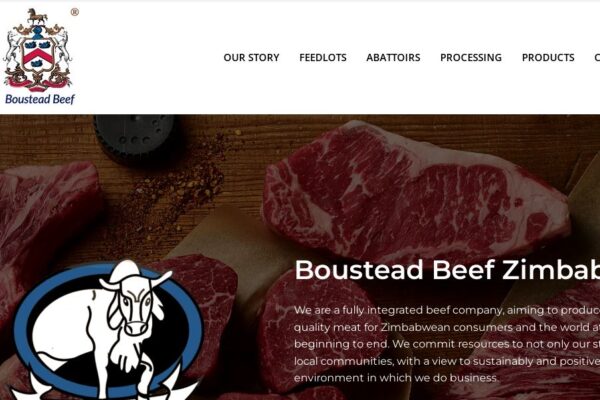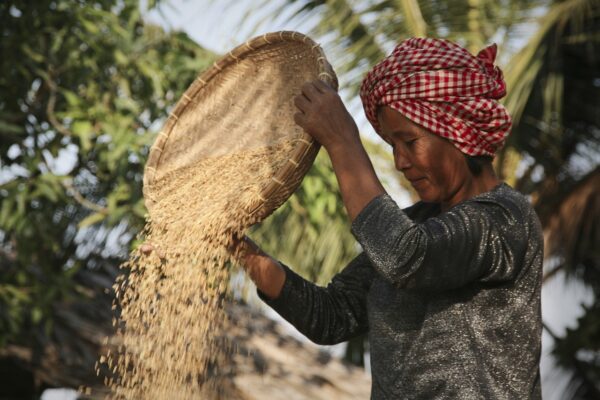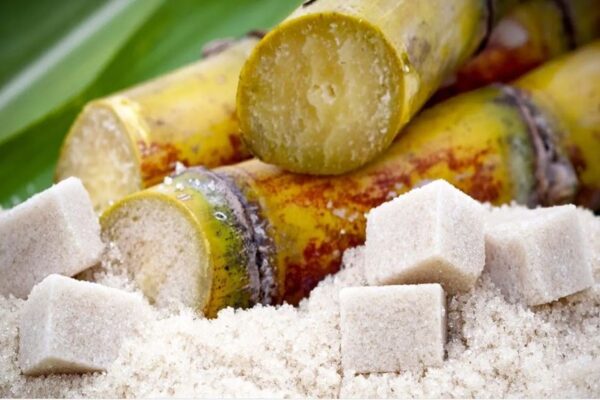Kenya has identified cassava as a good alternative and booster to rice and maize because it is a good source of carbohydrates.
With the production of maize and rice going down due to climate change, cassava, which is resilient to drought, offers hope amid challenging times. No thanks to the unending Russia-Ukraine war.
Dr. Francis Wayua, a food scientist and technologist at the Kenya Agriculture and Livestock Research Organization (KALRO), said even as Kenya shifts to cassava, it must embrace climate-smart technologies to curb losses during production and after harvest.
These include targeting the right harvest time, planting cuttings resistant to pests and diseases, and appropriate harvesting and storage technologies.
RELATED: Russia-Ukraine War! Cassava Set To Replace Wheat In Earnest
Keen on the value addition to curbing the deficit of wheat flour in the Kenyan market, manioc or (cassava) flour is a gluten-free type of flours trying to enter the market but not adopted fully.
Being gluten-free means they are also suitable for people who are allergic to the protein found in wheat, barley, rye, and triticale (a cross between wheat and rye).

Raw cassava contains approximately 60% water, 38% carbohydrates, 1% protein, and negligible fat.
The protein content can be increased by incorporating tender leaves of the crop, which contain up to 25 percent on a dry matter basis, and is a valuable source of iron, calcium, and vitamins A and C3, according to Save and Grow publication by FAO, to the milling of the cassava roots.
The guide to sustainable production intensification of cassava publication adds that essential amino acid content of cassava leaf protein is similar to that found in a hen’s egg.

The properties of cassava flour are comparably similar to those of wheat flour and therefore cassava flour can partially substitute wheat flour in many wheat-based products.
High-quality cassava flour (HQCF) is cassava flour that has not been fermented and can be used as an alternative to wheat flour and other starches in bread and confectionery.

This is because the flour has a wheat-like consistency and does not need extra binding ingredients like eggs.
The processing of cassava roots into HQCF involves peeling, washing, grating, pressing, disintegration, sifting, drying, milling, screening, packaging, and storage. Usually, one ton of cassava flour is obtained from four tons of fresh cassava roots.

Although markets for unfermented high-quality cassava flour are emerging in sub-Saharan Africa, the challenge is linking them to large numbers of small-scale growers whose output is highly variable in quality.
Consequently, the application of cassava flour in bakery production has technical challenges because of its low diastatic activity due to its deficiency in gluten and sulfur‐containing amino acids. However, this can be improved by addition of hydrophilic colloids to the formulation, only if necessary.

According to data from the Agriculture and Food Authority (AFA), Kenya, 90 percent of wheat consumed in Kenya of which over 60% is imported, comes from mainly Russia and Ukraine.






